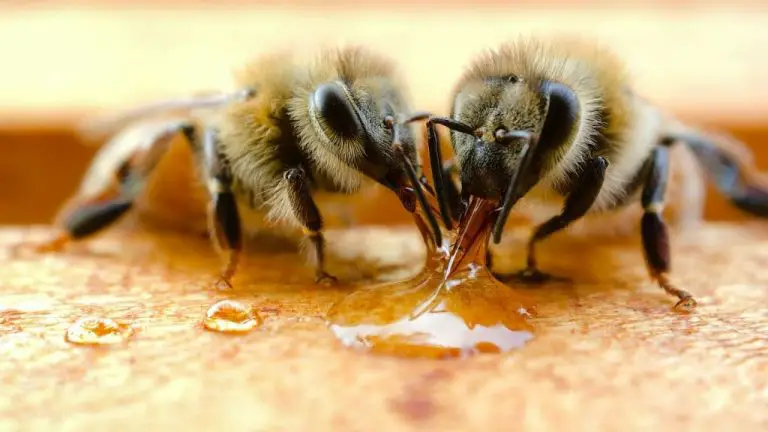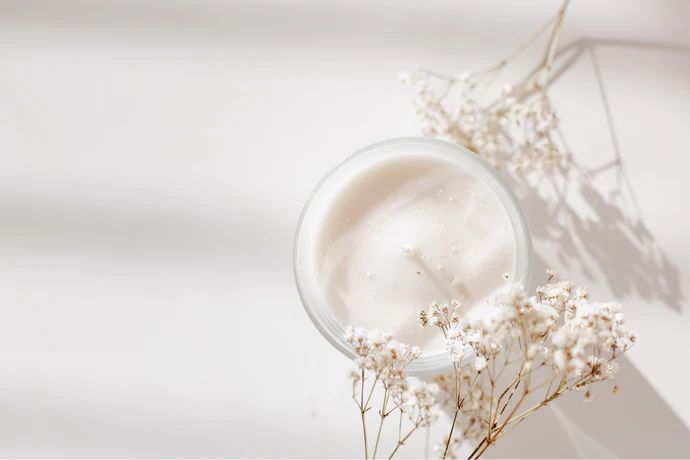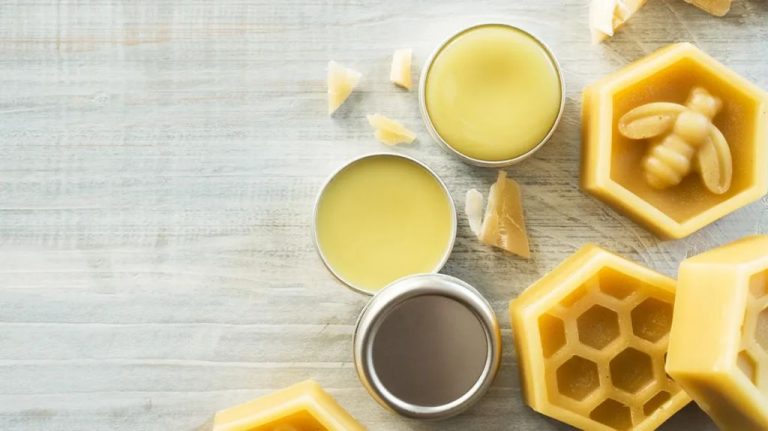What Kind Of Wax Is Used In White Barn Candles?
White Barn candles are a popular brand of scented candles known for their inviting aromas and high-quality ingredients. Manufactured by Bath & Body Works, White Barn candles come in a variety of seasonal and signature fragrances that fill homes with a warm, welcoming scent. Their distinctive white packaging features scenes of cozy country barns, lending to the candles’ wholesome appeal. With fragrance options ranging from fresh eucalyptus to snickerdoodle cookies, White Barn has established itself as a leading scented candle brand across the United States and beyond. Their thoughtfully crafted candles make for great gifts or can be used to create an inviting ambiance in one’s own home. The brand’s popularity comes not only from their irresistible scents, but also their reputation for burning clean with a strong scent throw. As consumers increasingly seek scented candles that are safe and provide an immersive fragrance experience, the White Barn brand delivers on both fronts. Their growth over the years speaks to the universal appeal of high-quality, long-lasting scented candles that evoke cherished memories and create a comforting escape.
Wax Types
There are several main types of wax used in candle making:
Paraffin Wax
Paraffin wax is a petroleum-based wax made from refining crude oil. It is the most commonly used candle wax due to its low cost and ability to hold fragrance well. Paraffin wax has a natural white color and produces a candle with a smooth finish when properly cooled.
Soy Wax
Soy wax is made from hydrogenated soybean oil. It is a cleaner burning, renewable and biodegradable wax alternative to paraffin. Soy wax blends well with essential oils and produces a candle with very little smoke or odor. However, soy wax is typically more expensive than paraffin.
Beeswax
Beeswax is a natural wax produced by honey bees. It has a natural honey color and scent. Beeswax candles burn brighter and longer compared to other waxes. However, beeswax is expensive and difficult to work with due to its high melting point.
Paraffin Wax
Paraffin wax is a petroleum-based wax derived from crude oil refining. It is odorless, tasteless, and composed of saturated hydrocarbons. Paraffin wax has been used for candle making since the mid-1800s due to its availability, low cost, and ability to hold scents and dyes well.
Some pros of paraffin wax include:
- It is inexpensive and readily available.
- Paraffin wax has a melting point around 130-170° F, making it easy to work with.
- It produces clean burning candles with little soot or smoke.
- Paraffin wax holds color and fragrance oils better than many natural waxes.
Some cons of paraffin wax include:
- It is derived from non-renewable fossil fuels.
- Paraffin wax releases toxic carcinogens and black soot when burned improperly.
- It does not biodegrade and is not environmentally friendly.
- People with chemical sensitivities may react to the fumes.
Soy Wax
Soy wax is made from hydrogenated soybean oil. It was introduced to the candle making industry as an alternative to paraffin wax in the 1990s. Soy wax is valued for being a renewable and sustainable resource since it is made from soybeans.
Some key advantages of soy wax include:
- Made from a renewable source (soybeans)
- Biodegradable and compostable
- Clean burning with very little soot
- Excellent scent throw
- Harder consistency than paraffin wax
Potential drawbacks include:
- More expensive than paraffin wax
- Can be prone to frosting
- Difficult to dye compared to paraffin
- Lower melting point than paraffin
Beeswax
Beeswax is a natural wax produced by honey bees. It is secreted from special glands on the bee’s abdomen and used by bees in the construction of their honeycomb. Some key facts about beeswax:
– It has a honey-like scent and varies naturally in color from yellow to brownish.
– It is composed primarily of esters of fatty acids and various long chain alcohols.
– Beeswax has a high melting point range of 62 to 64 °C.
– It is used in a variety of applications including candles, cosmetics, pharmaceuticals, and as a protective coating or polish.
– The pros of beeswax as a candle wax include:
- It is all-natural and non-toxic.
- It has a pleasant natural honey aroma when burned.
- It produces minimal smoke when burned.
– Some cons or drawbacks include:
- It is expensive compared to paraffin wax.
- It can be harder to work with due to its high melting point.
- Candles made solely from beeswax burn more quickly.
Overall, beeswax is valued in candle-making for its natural properties and honey-like scent. But it also has some limitations for cost and performance.
Other Natural Waxes
In addition to soy wax and beeswax, there are some other natural wax options used in candle making:
Bayberry wax comes from the berries of the bayberry shrub and produces a pleasant, spicy aroma when burned. However, harvesting bayberry wax is labor-intensive, so it is not commonly used.
Palm wax originates from the leaves of palm trees and is hard, brittle, and glossy. It is sometimes blended with other waxes to make candles. Palm wax burns slowly and emits very little smoke.
Carnauba wax is derived from the leaves of a palm tree native to Brazil. It has a very high melting point, so it is usually combined with other waxes for candles. Carnauba produces a lustrous shine and hard finish.
Rice bran wax comes from rice bran oil. It is hypoallergenic and burns cleanly at high temperatures. However, rice bran wax candles tend to burn quickly.
While these and other natural waxes have appealing properties, most are not widely used on their own in candle making due to availability, costs, or performance factors. They are often blended with more common waxes instead.
White Barn Candle Wax
White Barn uses a proprietary blend of paraffin wax, soy wax, and other natural waxes in their candles. The exact ratio of each wax type is a closely guarded trade secret, but paraffin wax likely makes up the majority of the blend. Paraffin wax is derived from petroleum and is highly refined to burn cleanly. The addition of soy wax, typically 20-30%, allows the candles to solidify into a smooth, even consistency. Natural waxes like beeswax add texture and fragrance.
This customized blend creates a wax with an ideal melting point, surface adhesion, and ability to hold fragrance. The soy wax content also gives White Barn candles a eco-friendly appeal. While 100% soy or beeswax would be preferable for sustainability, the blended wax strikes a balance between performance and natural ingredients. The wax burns slowly and evenly to fully release the candle’s signature scents. Each new fragrance goes through testing to find the wax formula that complements that specific oil blend. The wax that White Barn carefully crafts in their own facility is an essential factor in their candle’s consistency and quality.
Why White Barn Uses This Wax
White Barn candles stand out for their clean, long-lasting scent and exceptional burn quality. To achieve this, White Barn carefully selects a proprietary blend of waxes designed to optimize performance.
Paraffin, a key component of their signature wax, provides excellent scent throw and color distribution. The high melting point prevents the candle from losing its shape in warmer environments. Paraffin also burns slowly and cleanly without producing excess smoke or residue.
Beeswax brings natural structure to the wax blend. Its hardness holds the wick upright and centered as the candle burns. Beeswax also enhances scent diffusion and produces a bright flame.
Finally, soy wax adds creaminess to the texture and improves burn time. Its natural origins appeal to environmentally conscious consumers. The soy is sourced from American growers to support U.S. agriculture.
By artfully blending paraffin, beeswax, and soy wax, White Barn achieves the superior burn quality and captivating scents its customers love while minimizing the drawbacks of any single wax type.
Environmental Considerations
When choosing wax for candles, it’s important to consider the environmental impact. Some waxes are more sustainable than others. For example:
- Paraffin wax is derived from petroleum, so it relies on fossil fuels. It’s not biodegradable or renewable.
- Soy wax is made from soybeans, a renewable resource. It’s also biodegradable.
- Beeswax is a natural wax made by honeybees. Since it doesn’t require any industrial processing, it has a very low carbon footprint.
In general, natural waxes like soy wax and beeswax are more environmentally friendly than paraffin wax. They are made from renewable resources and are biodegradable. When choosing candle wax, it’s best to consider sustainability and opt for more eco-friendly waxes whenever possible.
Conclusion
In summary, White Barn uses a proprietary blend of paraffin and natural soy wax for its signature candles. This blend allows the candles to hold fragrance well and burn cleanly, with minimal soot and residue. The natural soy component offers some sustainability benefits compared to 100% paraffin, since soy wax is a renewable resource.
While beeswax and other natural waxes have their advantages, the blended wax specifically engineered for White Barn provides the ideal performance, scent throw, and burn time. The custom wax formulation is part of what sets White Barn candles apart from competitors.
For customers looking for that iconic White Barn candle experience with long-lasting fragrance and beautiful, even wax pooling, the signature paraffin-soy blend is the best choice. This proprietary wax perfectly complements White Barn’s creative fragrance designs to deliver candles that feel like home.




